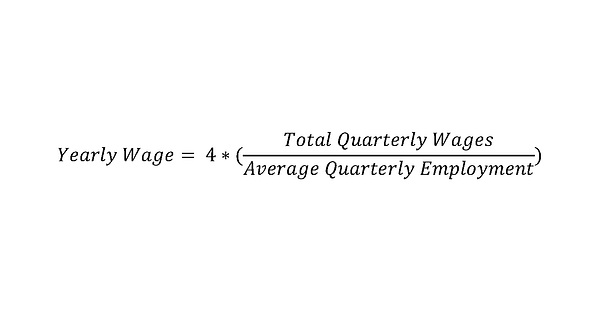Aerospace employment remains on ascent post pandemic
The Texas aerospace industry has shrugged off the job losses suffered during the pandemic, with employment in this emerging industrial sector surging to an all-time high by the end of 2022.
Texans hold roughly one in 10 of all the space industry jobs nationwide. The space industry is projected to grow into a $1 trillion industry in less than 20 years. The Legislature, meanwhile, voted this year to invest $350 million into the creation of a Texas Space Commission, an initiative meant to preserve Texas’ leading position in aerospace research and exploration.
Figure 1 below depicts total employment by quarter in aerospace-related industries. Aerospace employment ascended to pre-pandemic levels in the second half of 2022, reaching an all-time high employment level of 154,918 in Texas.
Nearly half, or 45%, of the aerospace workforce works in Air Transportation, making it the largest of the four related sectors. Air Transportation is followed by Aerospace Product and Parts Manufacturing with 33% of total aerospace employment, Support Activities for Air Transportation with 22% and Satellite Telecommunications with less than 1%.
Aerospace earnings by sector
Though small in comparison, average wages for people employed in the Satellite Telecommunications industry are the highest in aerospace, reaching an estimated annual wage of $125,766 in the last quarter of 2022.
At $102,933, yearly aerospace earnings are 44% higher than the overall state average of $71,365. As illustrated in Figure 3 below, earnings across all industries have shown a gradual and consistent upward trend. However, despite employment rebounding to pre-pandemic levels, aerospace wages have yet to reach their peak of $109,000, observed in the first quarter of 2020.
Methodology on wages
We calculated the estimated yearly wage using data from the Quarterly Census of Employment and Wages. The Bureau of Labor Statistics data files contain industry-level wages and employment figures for each quarter. We then calculated total wages per person at the quarterly level, which we then multiplied by 4 to estimate per-person yearly compensation.

Wages in these industries are not only determined by labor demand, but also by worker-industry productivity, itself a consequence of education and preparedness for careers in STEM.
States that lead in the space-age economy will be the ones that compete most strongly on the fundamentals of talent, resources and can-do government capabilities. An advanced and well-planned workforce strategy will propel not just this sector but every part of the economy and fortify Texas’ strength and leadership for another century.
Read more:
- Teacher wages and projected growth: What to know
- SNAP pandemic emergency benefits ended in March
- Jobs and wages: Projections from now until 2030
Love this blog? Support our work.
